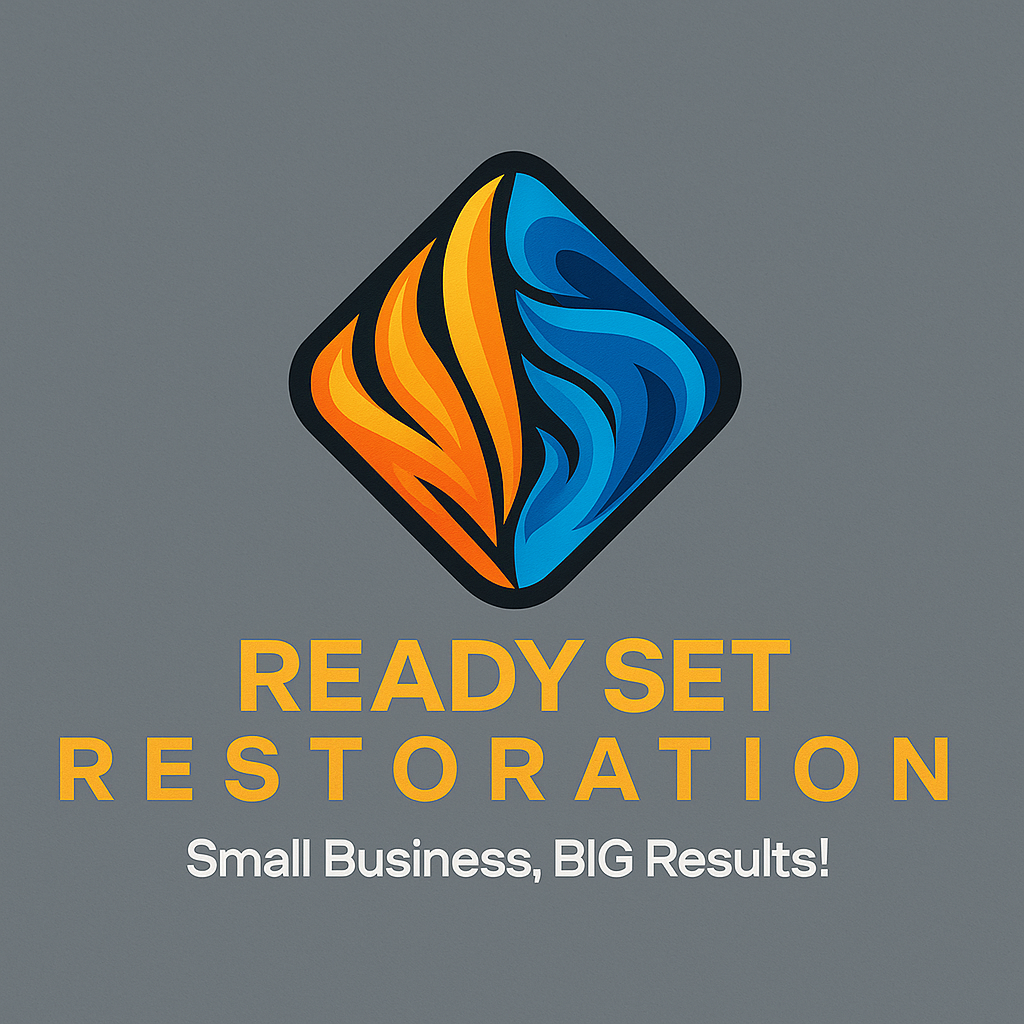Prevent Further Damages

Emergency Services:
The most important step in a water damage. The goal of emergency services is to remove the standing water and create evaporative conditions inside the affected areas of the home to control the humidity. This is the start of the drying process known as stabilization.
Proper stabilization can increase the amount of salvageable materials found in a water loss and prevent secondary damages.
What To Do In Case of Water Damage: – Call 281-591-9651
- Identify the Cause of the Loss and Fix it: Call a Licensed Plumber to stop the leak! Make sure to get a plumbing report for your records and for Insurance if applicable!
- Inspect the Damages and Document Everything: A thorough inspection and moisture map with complete photo documentation ensures a smooth and transparent communication process with all materially interested parties.
- Get an Estimate for Mitigation Services if Required: When going through insurance, the max out of pocket is typically the deductible. An estimate typically provides a baseline on whether it makes sense to file a claim or not.
- Extract any Standing Water and Stabilize Salvageable Materials: Standing water and heavily saturated materials can quickly cause secondary damages that can’t be reversed. Starting the drying process, or Stabilizing, helps give needed time to process these types of damages. This typically involves less invasive demolition, such as baseboard removal or drilling holes and adding drying equipment to control the environment and create less favorable conditions for secondary damages.
- Contact your Insurance Company: We typically recommend speaking to an agent when you have water damages to find out policy deductibles or coverages. They can provide a much needed peace of mind when disaster strikes.
- Start the Demolition Work if Required: Sometimes higher-valued items are affected. Flooring, cabinetry, shelving may need to be removed when damaged by water, or when blocking items damaged by water. Ensure these items are properly documented and communicated to any materially interested parties. Following demolition, more drying equipment is added.
- Monitor the Drying Progress: Over the next few days, typically 3-5, monitor the drying progress with moisture meters to determine if drying is effective and reposition equipment to maximize it’s effect.
- Completion: Once all materials have reached a dry standard, mitigation is completed. Upon completion, mitigation contractors should supply drying logs and documentation to any materially interested parties.
IMPORTANT NOTE:
Sewage losses can be highly damaging to building materials and contents. When inspecting and dealing with losses where sewage involved, the best course of remediation is to remove and discard all affected materials, then disinfect the affected areas. If sewage is present, an in depth remediation may be necessary.
Mold growth is identified by a Licensed Mold Consultant after laboratory testing. Mitigation contractors typically refer to any suspected mold as discoloration or growth until it has been identified. Any amount of growth over 25 contiguous square feet in the State of Texas requires a Licensed Mold Remediation Contractor to follow a Mold Protocol created by a Licensed Mold Assessment Consultant. If this is the case, a Mold Remediation may be necessary.
Asbestos and Lead are two common hazards in the world of water damage. Any home built before 1980 may contain Lead of Asbestos, and proper testing and documentation may be require before work is performed in these areas. If Asbestos or Lead is present, an Abatement may be necessary.
